.jpg)
LUNCH PETIT SEMINAR 2022 #11 at the following date and venue:
Speaker: Dr. Mai Huong – USTH
Topic: Potential alteration of soil extracellular enzyme activity and earthworm ingestion under different toxicity of microplastics and heavy metal mixture in soils
Abstract: Microplastics (MPs) are increasingly being studied because they have become ubiquitous in aquatic and terrestrial environments. For example, little is known about the negative effects of co-contamination by polypropylene microplastic (PP MPs) and heavy metal mixtures on terrestrial environments and biota. This study assesses the adverse effects of co-exposure to PP MPs and heavy metal mixture (Cu2+, Cr6+ and Zn2+) on soil quality and the earthworm Eisenia foetida. Soil samples were collected in the Dong Cao catchment, near Hanoi, Vietnam, and analyzed for changes in extracellular enzyme activity and carbon, nitrogen and phosphorus availability in the soil. We determined the survival rate of earthworm Eisenia foetida that had ingested MPs and two doses of heavy metals (the environmental level – 1X – and its double – 2X). Earthworm ingestion rates were not significantly impacted by the exposure conditions but the mortality rate for the 2X exposure conditions was 100%. Metals-associated PP MPs stimulated the activities of β-glucosidase, β-N-acetyl glucosaminidase and phosphatase enzymes in soil. Principal component analysis showed that these enzymes were positively correlated with Cu2+ and Cr6+ concentrations, but negatively correlated with microbial activity. Zn2+ showed no correlation with soil extracellular enzyme activity or soil microbial activity. Our results showed that co-exposure of earthworms to MPs and heavy metals had no impact on soil nitrogen and phosphorus but caused a decrease in total soil carbon content, with a possible associated risk of increased CO2 emissions.
Keywords: microplastics, heavy metals, earthworm, microplastic ingestion, extracellular enzyme, carbon loss.
• Drought reduced glucose exudation and narrowed the rhizosphere enzymatic hotspot by three times. However, AMF inoculation enhanced glucose exudation compared to non-mycorrhizal plants, and enlarged enzymatic hotspot area by 53% under drought condition. Despite the 50% reduction in β-glucosidase and acid phosphomonoesterase activities owing to water deficit, AMF symbiont triggered up to 36% enzyme activities in correlation with the non-mycorrhizal ones. Therefore, the drought resistance of these two enzymes was enhanced by up to 63% in mycorrhizal plants. The biomass of microbial phosphorus increased by 45% under drought conditions in plants inoculated with AMF.
• The overlapping localities between rhizosphere and mycorrhizosphere induced the formation of favorable microsites around the root, characterized by enhanced glucose release, increasing enzymatic rhizosphere expansion, shorter substrate turnover time, and microbial functional resistance under drought.
We are looking forward to seeing you at this seminar,
Yours Sincerely./.

